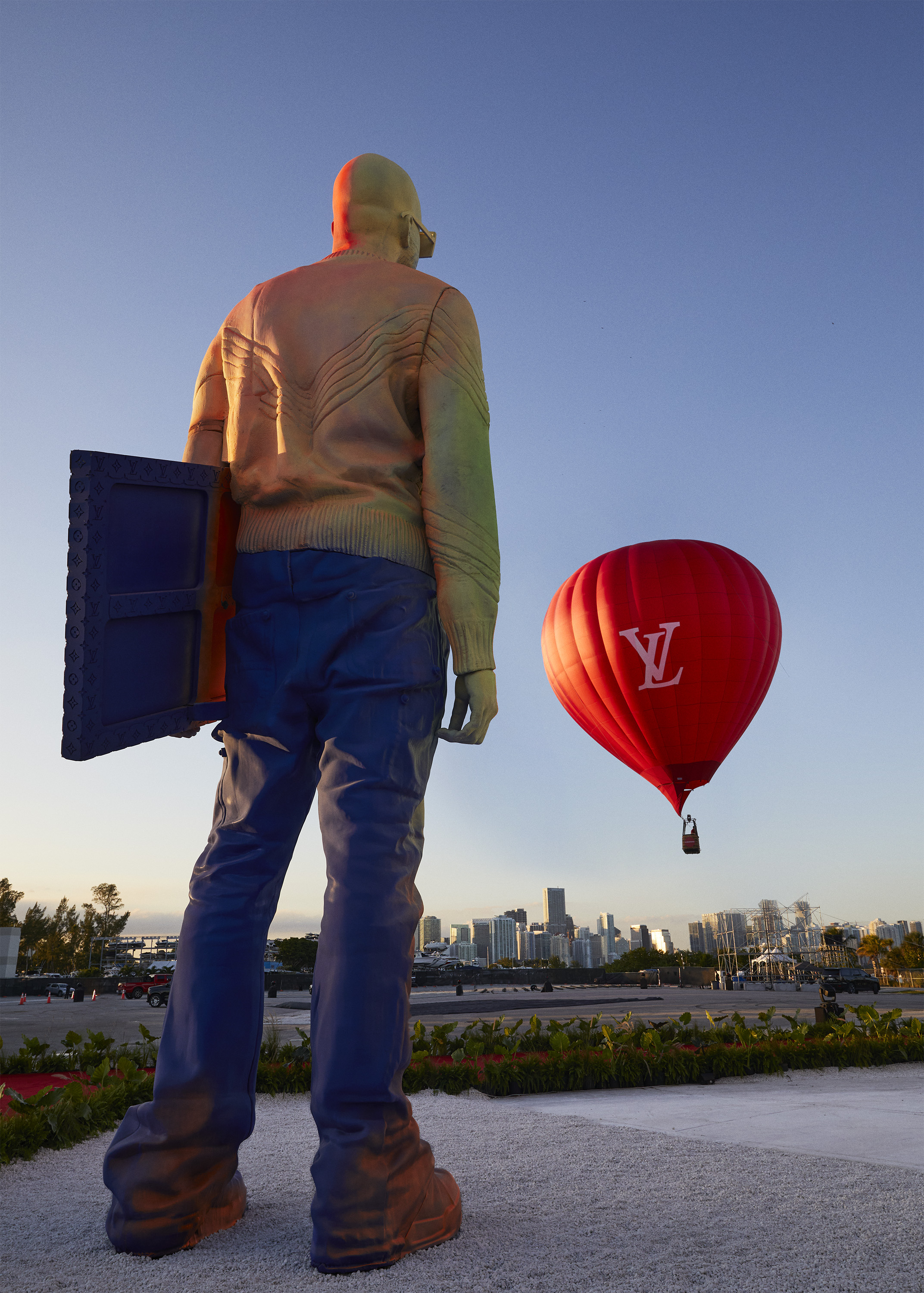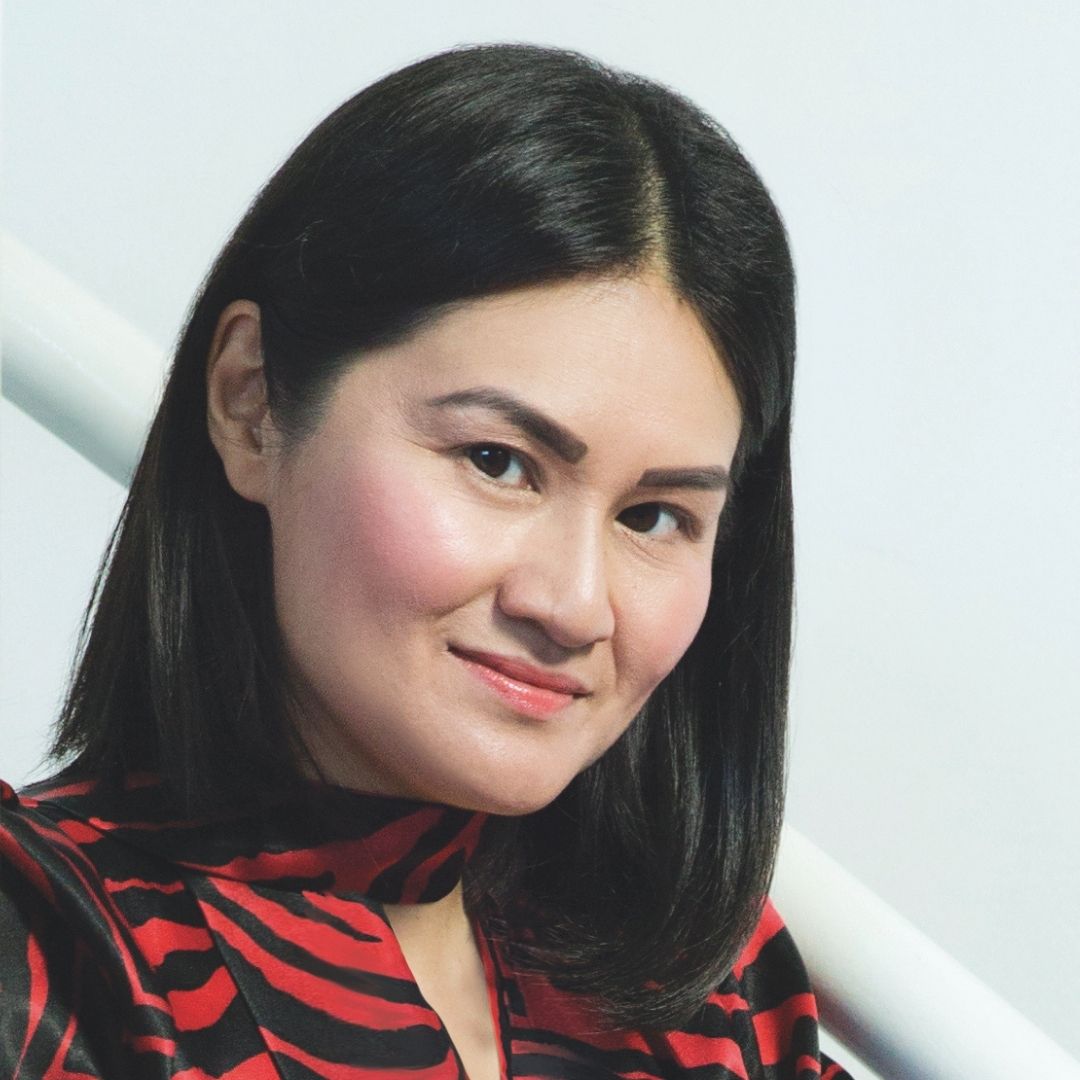Listen to Virgil Abloh speak to GRAZIA’s Editor-in-Chief Alison Tay in a recorded conversation that now lives in his personal archive. This conversation has been edited for length and clarity.
The most unusual request of my career came from Virgil’s camp in 2017: “May we receive the recording of the interview for Virgil Abloh’s personal archive?” Er, why? “Virgil is building a sound museum,” and our conversation would be considered for his “Figures of Speech” retrospective opening in his home city of Chicago three years later.
“I’m all about making sure that my voice is crystal clear on how I creatively see the world,” Virgil told me during our discussion about purpose that now, poignantly provides us with his roadmap for making a meaningful creative contribution. “I encourage everyone with a passion in any sort of field, to start a project and participate in it. So, my social responsibility is using my outlet as a tool to speak and encourage others to follow their art form.”

Looking back, the way that Virgil lived his life – whether consciously or unconsciously – can be viewed as a master class in leaving a legacy, from his refusal to be defined by any single one of his artistic pursuits to the relentless proliferation of Off-White collaborations that left no category or creative cohort unturned. “The way I see it is like, life is too short and it cuts off inspiration if you limit yourself. So to the music world I can be one thing, and to the fashion world, I can be one thing. I don’t operate in either or specifically. That’s where I found creative freedom.” He mused, “I think freedom exists on many levels, whether that’s creatively or vocationally, mentally. So, to truly be creative, you have to be open to a number of opportunities.”
This collective spirit continued into his career as men’s artistic director at Louis Vuitton where he brought in Nigo and the NBA on board, and reimagined the Nike Air Force 1. “In essence, I’m just interested in participating rather than being complacent,” he shrugged. “If that makes me a contributor, I would agree with that.”
According to Alua Arthur, death doula, founder of the end-of-life support community Going with Grace, and a fellow Ghanaian in the diaspora, “Virgil’s body of work is something that future generations will stand upon. What he’s done is to create a foundation – built on the foundation of others that came before him – ultimately for other people to push culture forward, to push humanity forward. And that’s the best that we can ask from a legacy – something that touches others, but also that creates something to enable future generations to thrive.”
If we choose to assign meaning to our journey in this way, what are our first steps? “It involves having some clarity on who you are, who you’ve become as a result of all your experiences, what your particular gifts, skills, talents are, and the ways in which you’ve used those in service of humanity in some way.”
In real terms, Alua urges us to consider: “Will this action that I want to take today get me closer to that person I want to meet on my deathbed? Will this inaction get me closer to that person I want to be on my deathbed? Will it even matter on my deathbed?”
And when it comes to end-of-life planning, in addition to advance directives such as power attorney and a living will, Alua advises creatives to leave clear instructions for what’s to happen to your work. “It’s important to decide what you want done with the art after you die. Sell it? Burn it? What about all the art that we find afterward that isn’t finished?”
News of Virgil’s broke as editors from around the world were boarding planes to Miami for the Louis Vuitton Menswear SS2022 spin-off show, which became a posthumous presentation renamed Virgil Was Here. And in January 2022, Sotheby’s auctioned 200 special-edition pairs of Louis Vuitton and Nike “Air Force 1” by Virgil Abloh sneakers raising $20 million to date with proceeds going to The Virgil Abloh™ “Post-Modern” Scholarship Fund for the education of academically promising students of Black, African-American, or African descent.
Comparisons were immediately drawn between Virgil and Chadwick Boseman who, too, kept his terminal cancer diagnosis out of the public eye and continued to work until the end. “Death is a powerful motivator,” Alua observes. “I can imagine that knowing your death is not that far off in the distance can encourage you to produce at a very, very high rate.” And although death is inevitable and universal, when it comes to Virgil and Chadwick, there’s also an element of intersectionality at play in this process.
“Obviously I know nothing about what both of them dealt with privately, but when it comes to black people, and men in particular, in the history of America, our bodies have always been considered as commodities, and certainly judged by what we’re able to create and produce. It’s a history of slavery. That’s why we were stolen. So I can’t help but wonder if there was an expectation when we’re looking at it from the outside that assumes, ‘Well, of course, they’re going produce until they die. That’s what black people are supposed to do.’” Alua stresses, “I’m using air quotes”. Of course. This is Virgil Abloh, after all. “I will say, particularly for black people and people of colour, it’s a challenge not placing productivity at the centre of our identity.”
Virgil’s work ethic bore this out. “Part of the motivation is to work hard,” he admitted. “This young generation needs to put in the same amount of thoughtful work – thought and work – as the generation before. My fashion influences were everyone from Margiela to McQueen, to Phoebe Philo, to Karl Lagerfeld, and John Galliano. I’m born at a different time, my aesthetic comes from a different DNA, my value system is different, but I still want to have a career that does justice to the work that they did. So that’s my focus: to inspire others, with different points of view and different tastes, to make a mark.”
A fear that keeps me awake at night is that our moment in fashion won’t be remembered in the same era-defining way as the decades before us – a concern I confessed to Virgil. His response? “Every art movement is a collective. It wasn’t just Caravaggio that started the Renaissance. It wasn’t just Warhol. These things happen culturally at the same time. And hopefully, collectively, we end up with something that is valuable, so you can sleep at night,” he laughed. We both can now. Rest easy, Virgil.
This essay is published in the third edition of GRAZIA Middle East. Click here to discover more from THE JOURNEY.









